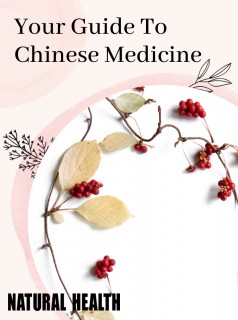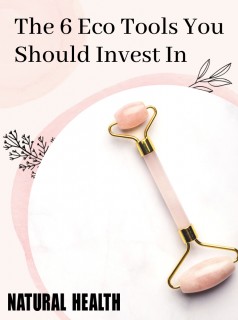Sebastian Pole, co-founder and herb director at Pukka shares his top tipples to fight the common cold
Ginger The Great
“Probably the best tea of all, it tickles parts of the body that other herbal teas just can’t reach. I use it to wake up my digestive system, warm me up and help me be present in the moment,” explains Sebastian Pole, co-founder and herb director at Pukka. “Ginger is my go-to herb whenever I feel a chill wind blowing.”
To make one cup you’ll need:
Scrub the ginger or lightly peel. If you choose to peel ginger, use a teaspoon to scrape the skin away (it’s the best way by far – granny’s top tip).
Ginger root
Breathe
“A fresh and uplifting tea to awaken your lungs and help you breathe. Use this if you have a cough, are feeling tight-chested, or you just want to relish the joy of breathing a bit more deeply,” says Sebastian.
To make two to three cups of lung-nourishing tea you’ll need:
Put all of the ingredients (except for the honey) in a pot.
Lemongrass leaf Thyme leaf Tulsi leaf Ginger root Aniseed Peppermint oil Honey
You can use this tea as a steam inhalation as well. Put the herbs in a large bowl, add boiled water, put a towel over your head and around the bowl so no steam leaks out. Breathe this in for five
Lemon and Ginger with Manuka Honey
“This is one of the great herbal tea classics, and thanks to my mum, one of the first ones I ever sipped,” recalls Sebastian. “I have slightly tweaked the recipe so it’s more beneficial for fighting lurgies. Use it if you have a chill or feel a bit under the weather.”
To make two cups of a herbal classic you’ll need:
Grate the ginger and put it in a pot with the rest of the ingredients except the lemon and honey.
Ginger root Elderflower Turmeric root Lemon juice Manuka honey
Recipes extracted from Cleanse, Nurture, Restore with Herbal Tea by Sebastian Pole (£20, Frances Lincoln), which is out now.
Article by
Lauren Godfrey
Content Writer
Article by
Lauren Godfrey
Content Writer























